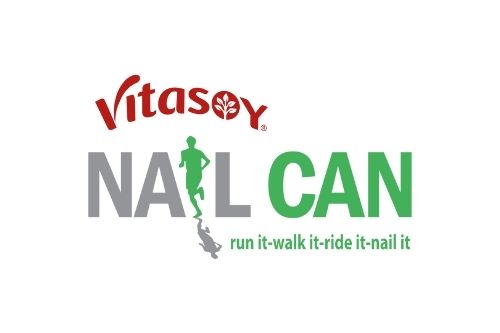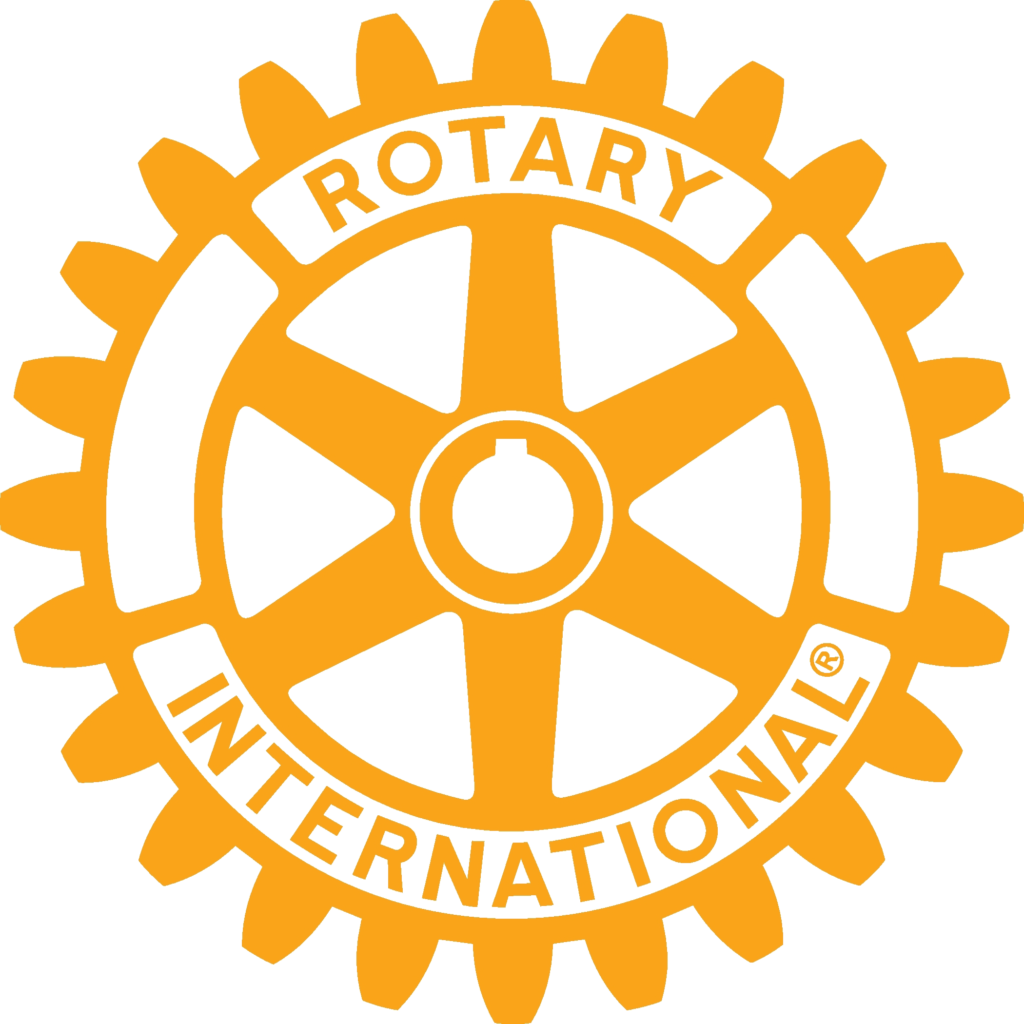A proper warm-up will enhance your performance and also reduce muscle damage incurred during the run, so you’re not as sore the following days.
There are two components to a good warm-up: general and specific. A general warm-up elevates the core body temperature and lubricates the muscles, allowing them to contract and relax more efficiently. A specific warm-up increases neuromuscular activation, preparing the muscles to fire in the specific way they will be asked to do in the race or workout.
The ideal general warm-up for fast running is slow running or brisk walking. Allocate yourself at least ten minutes, as 30 seconds of nervous jogging in place behind the start line just won’t cut it! This not only brings up the temperature of the muscles and the core, but it enhances the blood flow to all the muscles you’ll need for the run and sends your brain the message that it’s time to go.
After you complete your walk or jog, it is time for your specific warm-up. This entails repetitive movements that take your major joints through a full range of motion. You should start slowly, focusing on form then, as the moves get easier, pick up speed. Similarly, use small movements for the first few repetitions, and increase the range of motion as you go. While there are many very appropriate movement options, the below is an example of a common few. In total, it should take less than five minutes to complete.
- Forward/backward arms swings
- Side-to-side trunk rotations with arms extended outward
- Walking lunges
- Skipping
- Side stepping
- Forward/backward leg swings
- Side-to-side leg swings
- Jogging forward while rotating hips from left to right
- Jogging with high knees
- Jogging with bum kicks
Finally, cap off your specific warm-up with a set of strides (also called “pick ups”). Run for 20 seconds at race pace, stop, walk for 20 seconds, turn around, and run 20 seconds again at race pace. Repeat approximately five times. Naturally, this is as specific as a warm-up can get so make sure you have allocated enough time!

